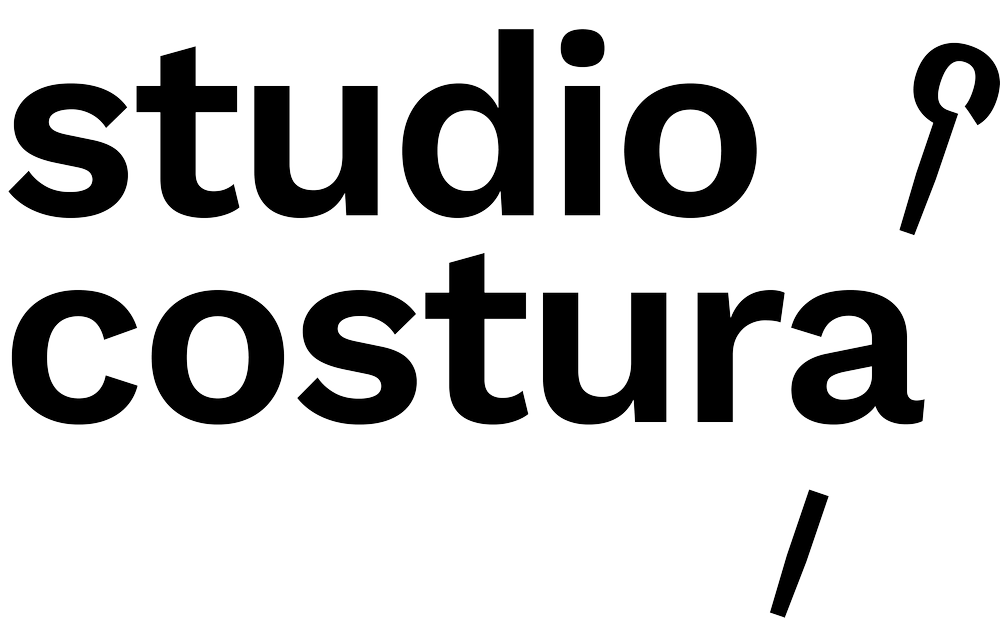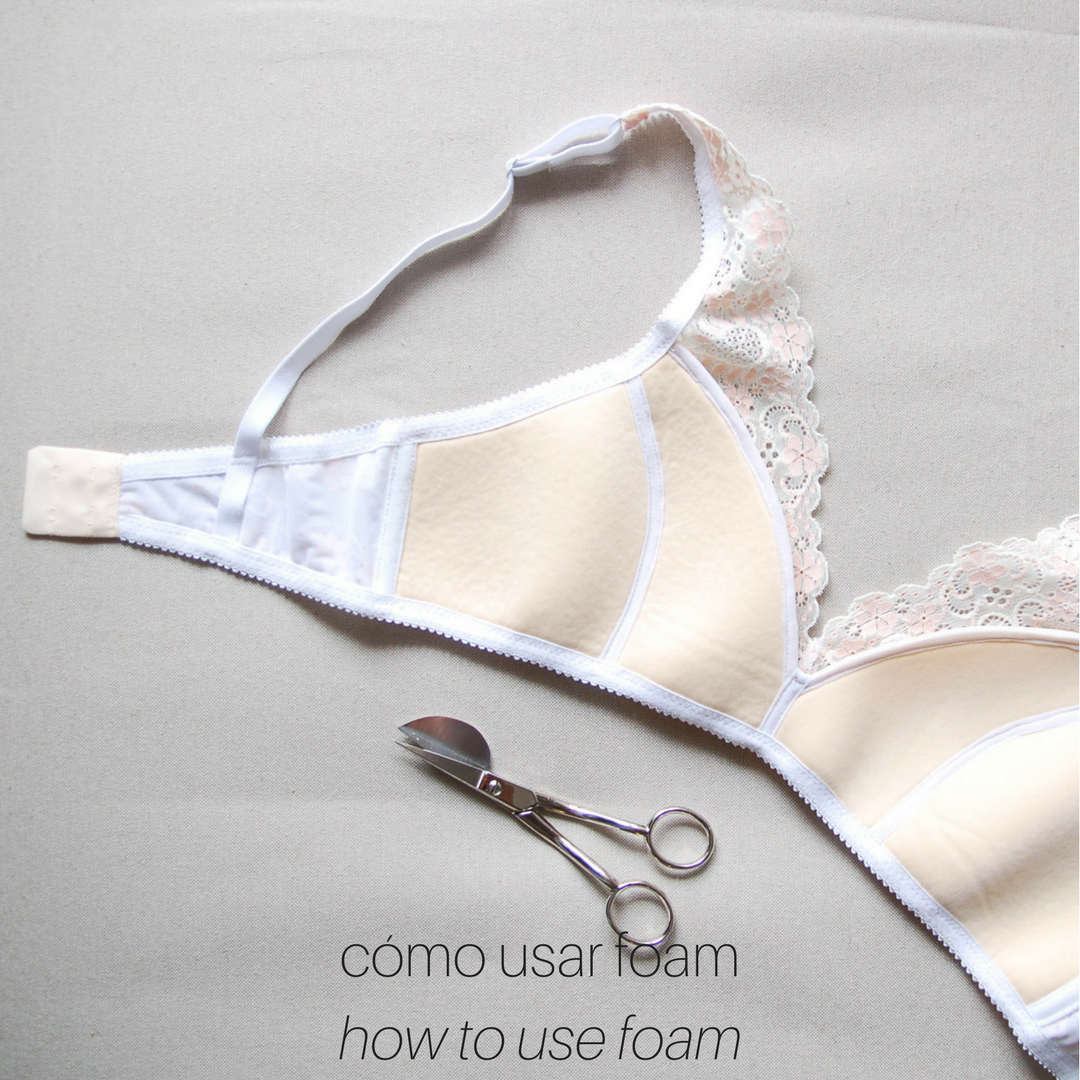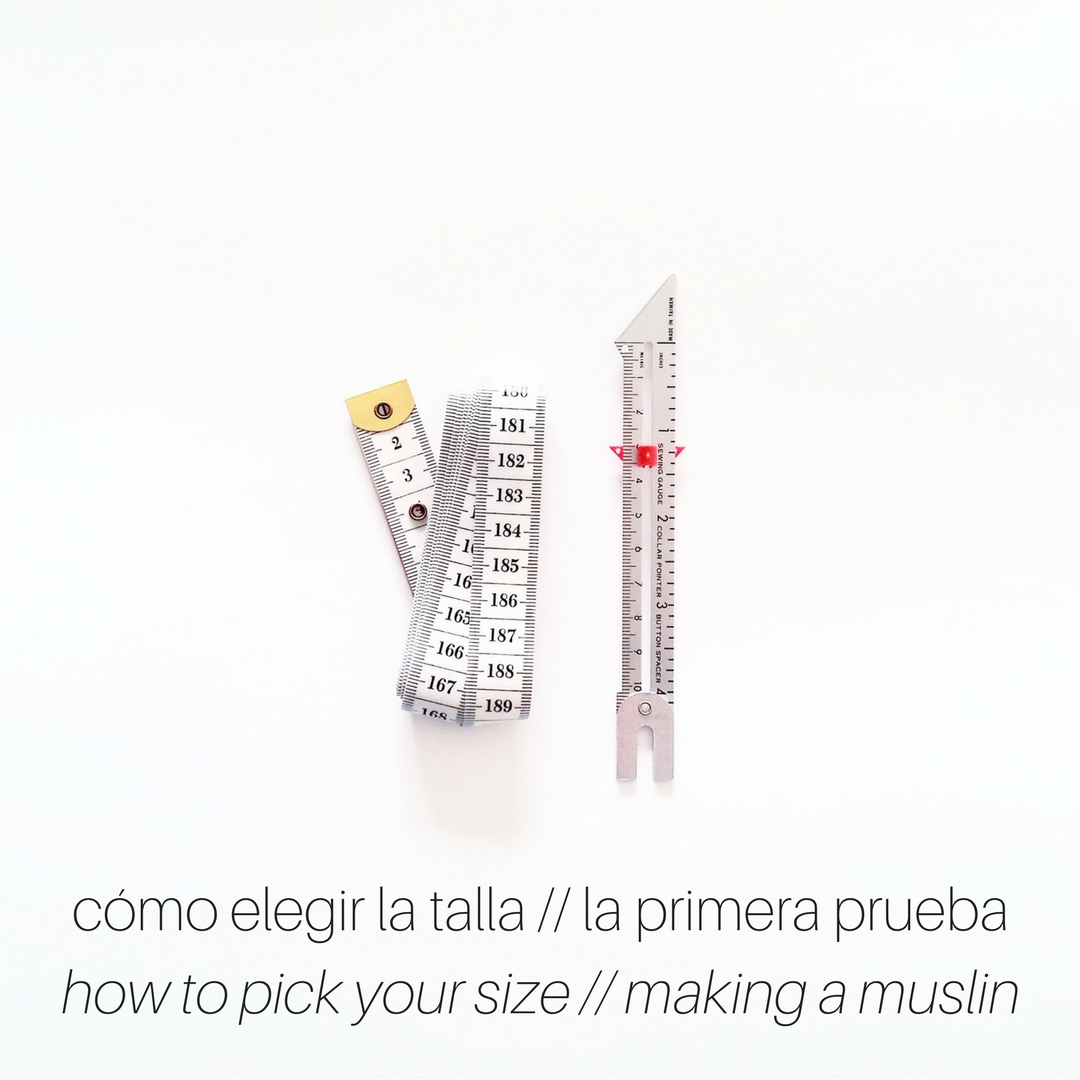Hola! Hoy es el día que os presento mi nuevo patrón de costura: la braguita Stella! Viene con las instrucciones en castellano y en inglés y como de costumbre tienes todos los pasos bien explicados para que puedas coser tu propia lencería.
Hey! Today I'm presenting you my new sewing pattern: Stella panties! It comes with instructions in English and Spanish and as usually you have all the step-by-step instructions included for making your own lingerie.
Stella es un patrón de braguitas con el cómodo corte culotte. La versión 1 está diseñada para telas de punto para máxima comodidad y la versión 2 queda muy bonito con bordes de puntilla. Este patrón es perfecto para un proyecto rápido de lencería y llenará tu cajón de braguitas.
Stella is a pantie pattern with a comfortable hipster cut. Version 1 is designed for knit fabrics for ultimate comfort and version 2 shows off the best of scalloped edge lace. This pattern makes a perfect quick lingerie project to fill up your underwear drawer.
En las instrucciones tienes un montón de información paso a paso para que puedas coser estas braguitas. La dos versiones vienen bien explicadas y luego hay un apartado especial para que puedas usar encajes más estrechos para la versión 2. También esta vez hice un apartado extra sobre cómo coser los elásticos de lencería, especial para los principiantes. Si hasta ahora tenías miedo a empezar a coser lencería puedes comenzar con un par de braguitas y verás que no es nada difícil!
In the pattern booklet there's a lot of information and step-by-step instructions for sewing these panties. Both of the versions are well explained and there's also a special chapter about using narrower laces for the version 2. This time I also made an extra chapter about sewing lingerie elastics specially for new sewers. If you were a bit afraid about starting to sew your own lingerie this is a perfect pattern to start with, you'll see it's not difficult at all!
Esta vez no haré un CoseConmigo entero sobre las braguitas porque creo que las instrucciones te guiarán bien. Eso sí, haré varios tutoriales para que veas los diferentes acabados que puedas hacer + cambios en el patrón para sacar el máximo partido de un mismo patrón. En breve empiezo a sacr posts así que estáte atenta!
This time I won't make a full Sewalong about sewing the panties as I think that the instructions are pretty clear. However I will write many posts about different finishings you can make for the panties + pattern hacks so you can get the most out of this pattern. I'll start with the tutorials soon so you can follow along here!
Espero que os guste este patrón igual que a mí, me parecen super cómodas! He puesto mucho trabajo (y mucho amor, jaja) en este proyecto así que tengo muchísimas ganas de ver vuestras versiones! También quiero agradecer a mis testers que han sido maravillosas y me han ayudado muchísimo :)
I hope you like this pattern as much as I do, I think these panties are very comfortable! I've put lots of work (and love, hehe) into this project and I can't wait to see your versions! I'd also like to thank my testers who have been amazing with helping me with this pattern.
En mi tienda de Etsy tienes un montón de materiales que puedes usar para este modelo y este fin de semana subiré algunos encajes y telas especialmente pensados para eso. De todas maneras si te interesa algún encaje que tengo en el kit puedes escribirme en Etsy y te lo puedo vender aparte, sin que esté en un kit. Por otra parte si quieres comprar el kit para hacer el sujetador y necesitas más encaje para las braguitas en conjunto, también escríbeme y te hago un pedido especial!
In my Etsy shop you have lots of supplies you can use for this pattern and over this weekend I'll post some more lace and fabrics especially for this pattern. Anyhow if you'd like to buy just the lace from some of the kits available at the shop you can write me on Etsy and I'll make you a custom order. In a same way, if you'd like to make a bra and matching panties with the same kit and need more lace you can tell me on Etsy and I'll arrange a custom order.




































































































































